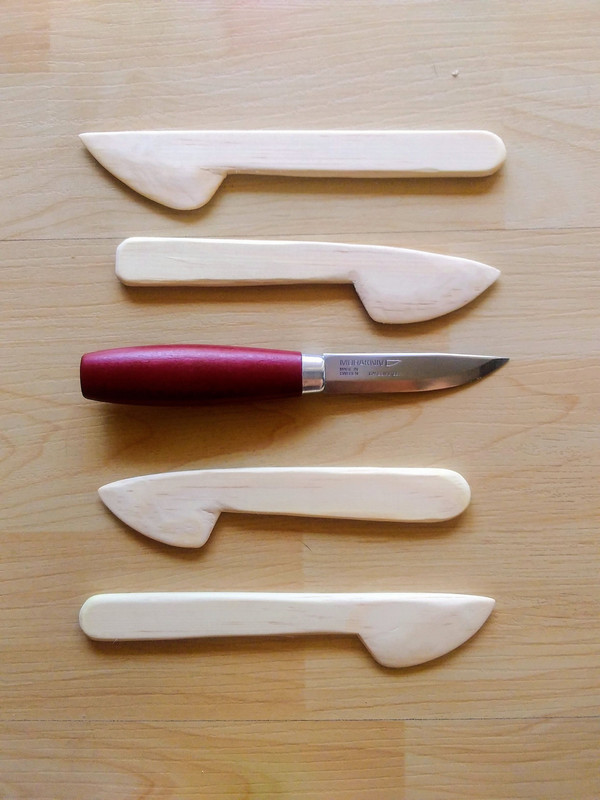- Joined
- Dec 7, 2019
- Messages
- 3,626
Hello everyone. What are your opinions on the scandi grind? Have you ever taken your full flat or maybe convex knife to the woods and thought that a scandi would have performed noticeably better? From what I read, scandi has the advantage in carving and whittling wood (correct me if I’m wrong), but I don’t think it’s super essential outside of woods use.
That said, I love all my Mora knives. All cut cleanly without any issues. I just prefer full flat and hollow grinds a tad more subjectively.
That said, I love all my Mora knives. All cut cleanly without any issues. I just prefer full flat and hollow grinds a tad more subjectively.

